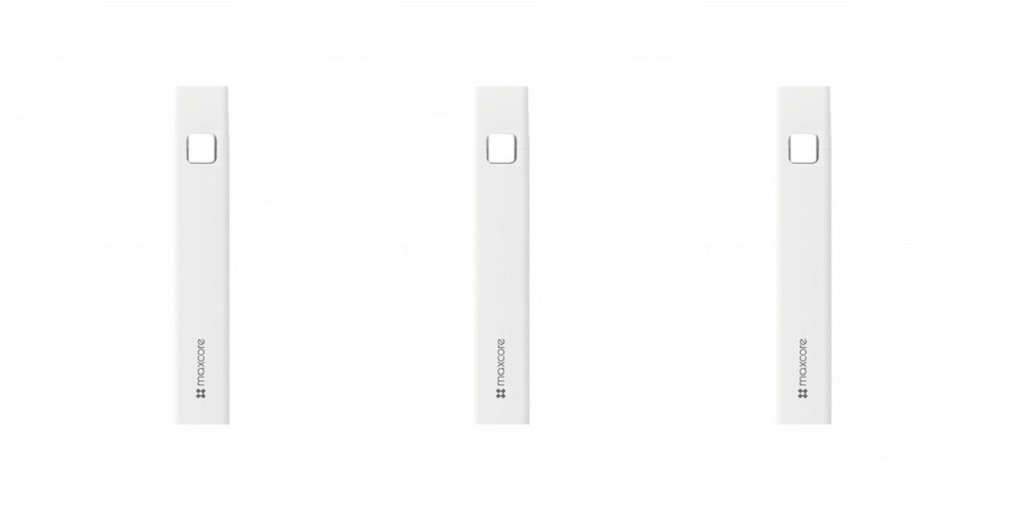In the modern era, it seems like those involved in cannabinoid extraction are pushing the envelope with respect to potency. There is a litany of cannabinoids out there, each of which offers its own unique set of effects.
One of these is HHCP, which is a chemical variant of HHC, which is itself a minor cannabinoid that is highly regarded for its potency.
Let’s cover the basics here.
What Is HHC?
HHC is the kingpin here, and to understand the potential draw of HHCP, we first need to cover this cannabinoid.
Relatively novel, HHC, or hexahydrocannabinol, has a very similar chemical structure to Delta 9 THC. In fact, it is basically the same, except that there is a hexahydrocannabinol ring in lieu of a double bonded atom in THC’s cyclohexyl ring.
In layman’s terms, the two are chemically very similar except for some very small differences. However, the effects of this change are quite noteworthy.
HHC produces effects similar to THC, but most users report that it causes much stronger and long lasting effects. Also, like THC, HHC has been claimed to be effectively used for pain relief and as an anxiolytic.
One variant of HHC that, like it, is growing in notoriety, is HHCP. Here’s what to know about it.
HHCP: Unrivaled Potency
HHCP has been called the King of Cannabinoids because of its remarkably potent effects. A variant of HHC, HHCP also bears significant chemical similarity to Delta 9 THC, as it retains the seven atom long carbon tail.
This longer carbon tail gives both of them extremely high binding affinity at CB1 cannabinoid receptor sites, and HHC is thought to bind with a much stronger affinity than THC. Some state that it shows 33 times the affinity at these binding sites.
Now, it should be stated that this does not mean that HHCP is 33 times stronger than THC, but it is clearly much stronger than THC and HHC. As a result, most users blend it in much smaller concentrations than they would with other cannabinoids as a result of the higher potency and longer-lasting effects.
Another “Lookalike”: HHCO
There is another HHC-adjacent cannabinoid that shares most of its acronym, known as HHCO or HHC-O, with which you might also want to be familiar. This cannabinoid is also sometimes referred to as HHC acetate or HHC-Oa.
This form of HHC is a prodrug, which means that in its current form, it does not produce the effects of HHC. Rather, it must be consumed and then metabolized by the body before it produces the desired effects.
The benefit of adding the acetate to HHC and converting it into a prodrug is that doing so increases its ability to cross the blood-brain barrier, after which point enzymes in our body will cleave the acetate from the HHCO group, converting it into HHC and rendering it capable of binding to CB1 receptors.
With other “active” cannabinoids, usually you will notice the effects very rapidly after smoking or vaping. With a prodrug, like HHCO, usually it takes longer, 15 to 30 minutes or so, before the onset of effects.
On top of that, HHCO is desirable not only because of its higher bioavailability but because of its lower viscosity and smooth vaping – just like THCO, a prodrug version of THC.
Where Can You Find HHCP Distillates?
In the market for HHCP distillates and other concentrated cannabinoids? Get them online at Gilded Extracts. They carry HHCP, along with HHC, HHCPO, HHCH, THCO, and a wide range of other distillates and extracts.
You can learn more about their unique catalog online or by contacting them at [email protected].
For more information about Cbc Distillate and Thcv Distillate Please visit: Gilded Extracts.



